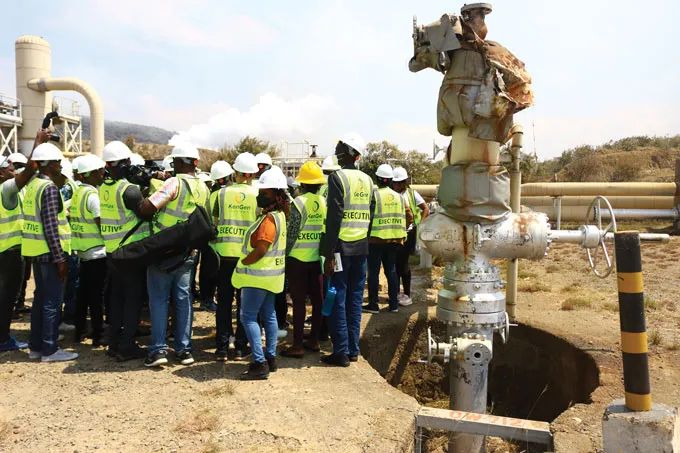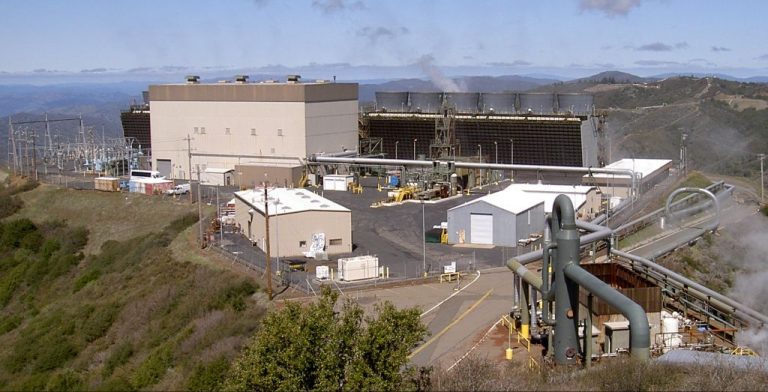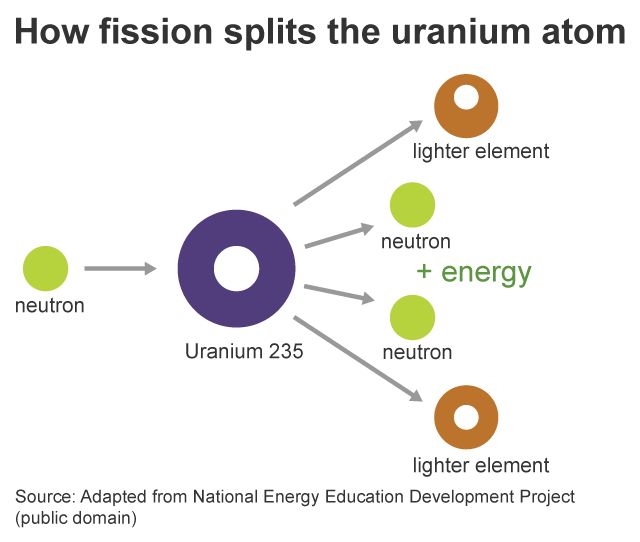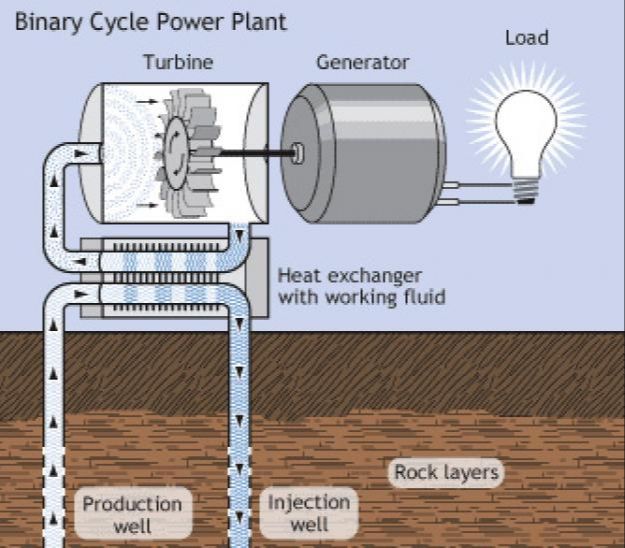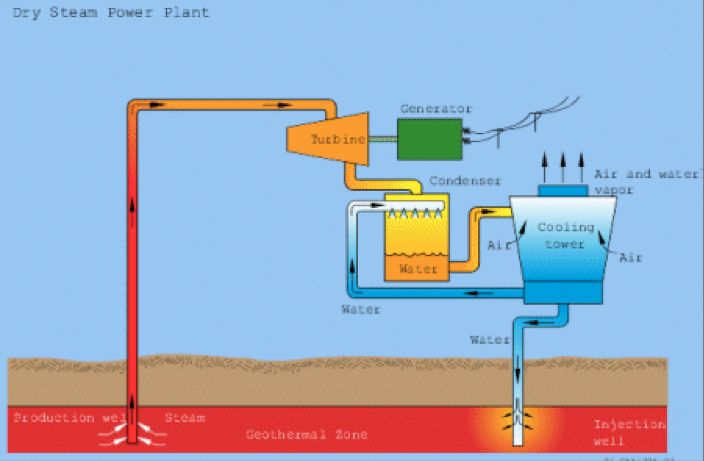Which Object Converts Kinetic Energy Into Electrical Energy?
What is Kinetic Energy?
Kinetic energy is the energy possessed by an object in motion. It is defined as the work needed to accelerate a body of a given mass from rest to its stated velocity. In more simple terms, kinetic energy refers to the energy of motion.
For example, a roller coaster rushing downwards contains a large amount of kinetic energy. The faster it travels, the more kinetic energy it possesses. Other everyday examples include vehicles moving on roads, a soccer ball being kicked, leaves blowing in the wind, and waves crashing on a beach. Anything that is in motion has kinetic energy.
Converting Kinetic to Electrical Energy
The process of converting kinetic energy into electrical energy relies on electromechanical interactions between a magnetic field and motion. When conductors like wires or other elements cut across magnetic field lines, it generates an induced electromotive force and voltage that can be captured and used. There are several key technologies that utilize this phenomenon for energy conversion:
Wind Turbines
Wind turbines rely on the kinetic energy of wind to turn large rotors connected to generators. As the rotors spin from the wind, it rotates magnets inside the generator, producing a rotating magnetic field that induces current in stationary copper wire windings. This generates electrical power to be transferred and used.
Hydroelectric Generators
In hydroelectric generators, the kinetic energy from water flow makes a turbine spin. The turbine connects to electromagnets that spin around copper wire loops, inducing electrical current through electromagnetic induction. The greater the water flow, the more electricity can be generated.
Piezoelectric Materials
Certain crystals and ceramics like quartz have piezoelectric properties that generate voltage when mechanical stress is applied. Piezoelectric elements can harness kinetic energy from wind, vibrations, movement and more to produce an electrical signal proportional to the input force.
Wind Turbines
Wind turbines are machines that convert the wind’s kinetic energy into electrical energy. They consist of large blades attached to a rotor that spins when the wind blows across them. The rotor is connected to a generator that converts the mechanical power into electricity.
Wind turbines work by capturing the kinetic energy in wind and converting it into mechanical power that spins a generator to produce electricity. As wind blows past the blades, the aerodynamic design causes lift, making them rotate. The rotor connects to a drive shaft that turns an electric generator to produce alternating current electricity.
Some key advantages of wind turbines:
- Renewable – Wind is a clean, renewable energy source that will not run out.
- Emission-free – Wind turbines produce electricity without emitting greenhouse gases or other pollutants.
- Cost-effective – After initial installation, minimal operating costs compared to conventional power plants.
- Scalable – Wind farms can range from just a few turbines to hundreds, adjusting output.
Some limitations of wind turbines:
- Intermittent – Electricity output depends on wind availability, which fluctuates.
- Location constraints – Only effective in consistently windy areas.
- Land use – Large wind farms require significant land areas.
- Aesthetics – Some consider wind turbines visually unappealing.
Hydroelectric Generators
Hydroelectric generators convert the kinetic energy from flowing water into electrical energy. They use the force of flowing water to spin large turbines, which in turn rotate electromagnets next to conductive coils to generate an electric current through electromagnetic induction.
The moving water contains kinetic energy which gets transferred to the turbine and generator to produce electricity. The amount of power generated depends on the volume and speed of the water flow. Dams are often built to increase the water volume and pressure to maximize energy production.
Advantages of hydroelectric generators include:
- Renewable – They rely on the water cycle so the energy supply is continually replenished.
- Cleaner than fossil fuels – No greenhouse gas emissions are produced.
- Reliable – The flow of water can be controlled allowing flexible power generation.
- Long lifespan – Hydroelectric plants can operate for 80-100 years.
- Energy storage – Excess electricity can be used to pump water back up into the dam.
Some limitations include:
- Geographic constraints – Suitable sites with fast flowing water are required.
- Impact on aquatic life – Dams disrupt fish migration and river ecosystems.
- Silt buildup – Sediment can accumulate reducing dam capacity over time.
- High initial investment – Constructing large dams and reservoirs has a very high cost.
Piezoelectric Materials
Piezoelectric materials have a unique molecular structure that generates an electric charge when mechanical stress is applied. Certain crystals like quartz and some ceramics exhibit this piezoelectric effect. The word “piezo” means pressure or squeeze in Greek.
In piezoelectric materials, the molecules form a symmetrical crystal lattice. When force is applied, this lattice becomes slightly distorted and separates the center of positive and negative charges. The charges then accumulate on separate crystal surfaces, creating an electric potential and voltage proportional to the applied mechanical stress.
Small piezoelectric sensors can directly convert kinetic energy from vibration, motion, or sound into electrical energy. They are used in everything from igniters on gas grills and pilot lights to cell phone vibration motors. Larger scale piezoelectric generators can harness kinetic energy from walking, wind, waves, and more. Piezoelectric materials are ideal for harvesting ambient vibration energy that would otherwise be wasted.
Electromagnetic Induction
Electromagnetic induction is the process by which kinetic energy is converted into electrical energy using principles of electromagnetism. When a conductor like a wire moves through a magnetic field, it causes electrons in the wire to move, creating an electric current. The relative motion between the magnetic field and the conductor induces an electromotive force that generates electricity. This process is known as Faraday’s Law of Induction.
A common application of electromagnetic induction is in electrical generators where a magnet is spun inside a coil of wire. As the magnet rotates, it moves the magnetic field around the coil, inducing a current. Hand crank flashlights and radios use electromagnetic induction to allow people to manually generate electricity by turning a handle. The handle spins a magnet inside coils of wire, converting the kinetic energy into electrical energy to power the device.
Triboelectric Nanogenerators
Triboelectric nanogenerators are a relatively new technology that can convert mechanical energy into electricity through contact electrification. They utilize the triboelectric effect, which causes certain materials to become electrically charged after they come into contact with a different material and then separate.
The nanogenerators are made up of two thin sheets of materials with opposite triboelectric polarities, such as aluminum and polytetrafluoroethylene. The sheets are separated by a gap of air or another dielectric material. When the sheets are pressed together by mechanical force, electrons are transferred from one material to the other, causing one sheet to become positively charged and the other negatively charged. As the sheets separate again, the imbalance in charges between the two surfaces creates an electrical potential difference which can drive a flow of current across an external load connected to electrodes on the sheets.
Compared to other energy harvesting methods, triboelectric nanogenerators have advantages such as high output voltage, low cost, lightweight and flexibility. They can effectively capture energy from irregular, low frequency mechanical motions from sources like human motion, wind, flowing water or machine vibration. Potential applications include powering small electronic devices, sensors, biomedical implants and more. Ongoing research aims to improve the stability, durability and energy conversion efficiency of triboelectric nanogenerators.
Comparing Methods
There are advantages and disadvantages to each method of converting kinetic energy into electricity. Here is a comparison of the main methods:
Wind Turbines
Pros:
- Mature technology used at large scale worldwide.
- Cost effective and low maintenance.
- Can be used onshore or offshore.
Cons:
- Require significant wind to generate electricity.
- Large units visible on landscape.
- Can harm birds and bats.
Best for: Large-scale wind farms, especially in coastal or mountainous areas.
Hydroelectric Generators
Pros:
- Proven technology used for over a century.
- Renewable and emissions-free.
- Reliable and controllable power generation.
Cons:
- Requires damming rivers, impacting ecosystems.
- Limited suitable sites available.
- Droughts can reduce output.
Best for: Areas with flowing water, like rivers or streams.
Piezoelectric Materials
Pros:
- Simple mechanical operation with no moving parts.
- Compact size for small-scale applications.
- Silent operation.
Cons:
- Low electrical output and efficiency levels.
- Durability issues under strain.
- Expensive materials.
Best for: Vibration energy harvesting, such as in shoes or alongside roads.
Latest Research
There has been extensive research aimed at improving the efficiency and developing novel methods for converting kinetic energy into electricity. Some key areas of focus include:
Advanced turbine designs: New aerodynamic turbine blade shapes, adaptive turbines, and incorporation of smart materials can increase the efficiency of wind and hydroelectric turbines. Testing of optimized prototypes is ongoing.
Hybrid piezoelectric materials: Composite piezoelectric materials made from polymers, ceramics, and nanostructures are being engineered to improve mechanical-to-electrical conversion efficiency. Flexible and stretchable piezoelectric materials are also being developed.
Triboelectric nanogenerators: These devices use electrostatic charging to convert mechanical energy to electricity. Ongoing research is focused on improving power density through advanced materials and structural optimization.
Microfluidic energy harvesting: Microfluidic channels can generate electricity from kinetic energy in flowing liquids. Research aims to enhance energy conversion efficiency through surface modifications and channel design.
Ocean wave energy harvesting: Novel devices are being designed and tested to optimize electricity generation from ocean waves. This includes advances in oscillating bodies, rotational generators, and hybrid systems.
Conclusion
In summary, there are several main technologies that convert kinetic energy into electrical energy. Wind turbines and hydroelectric generators harness the kinetic energy of moving air and water to generate electricity on a large scale. Piezoelectric materials and triboelectric nanogenerators convert mechanical stress and friction into electricity through unique properties of certain materials. Electromagnetic induction relies on the principles of magnetism and induction to produce an electric current from kinetic motion.
These kinetic energy harvesting technologies enable a variety of useful applications. Wind and hydro power provide renewable electricity to grids. Piezoelectric and triboelectric generators can scavenge small amounts of energy from ambient vibrations and human motion. This allows self-powered electronics and wireless sensors. Electromagnetic induction is used in electric motors and generators as well as some small-scale energy harvesting devices.
Looking forward, research aims to improve efficiency and expand applications for kinetic energy harvesting. There is a focus on developing new materials and nanoscale generators. Integration into wearables, infrastructure, and transportation systems will enable more self-powered technology. With increased adoption, kinetic energy conversion can play a larger role in renewable power generation and sustainable energy solutions.

